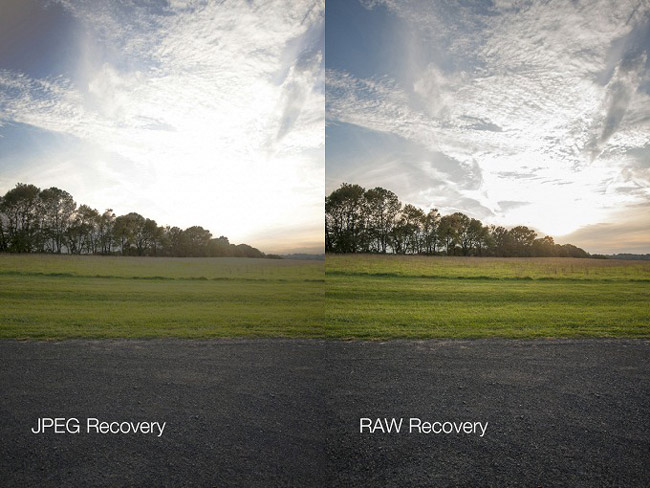Here are 6 mistakes you need to make before they ruin a future time lapse shoot.
I've made each of these mistakes and have learnt from them. I have written them down in the hope that you might learn from my mistakes before you make them yourself.
1. Shooting in jpeg
Shooting in JPEG does have it's advantages. Because of compression you can fit many more image on your memory card (about two to three times as many), and the smaller file size is easier for your computer to handle when post processing later.
But RAW has many more advantages. Cost of storage has plummeted so the increased file size is not so much of an issue. You can store around 1,000 photos onto a 32GB card. Also, the increased computing power in todays desktops and laptops (as opposed to older machines when jpeg gained popularity) can handle the batch manipulation of many raw files with relative ease. Because of this extra computing power in your PC over your cameras internal processor you can achieve greater quality processing on your PC than your camera is capable of due to the more advanced manipulation algorithms found in Photoshop and Lightroom.
The principal advantage of RAW however, is the increased information saved with the file which offers much more scope for editing and recovery in post. JPEG discards information during compression in order to reduce file size, on the other hand RAW files save all the information that your camera's sensor captured for you to be able to edit with later.

The image above shows how much more information (particularly in the highlights) has been 'rescued' from the RAW file as opposed the the JPEG.
Editing is also non-destructive as the instructions for how to edit the file are saved in a separate file as you edit the images - the original data is left untouched.
2. Framing plants in the foreground
If you use a short shutter speed they will jiggle and jump throughout your time lapse. Either do not use them as a close foreground element, or use a longer shutter speed so as to give their motion a bit of blur.
3. Filling the frame with the motion
Don't forget that you are attempting to create a pleasing to watch time lapse. Once you have identified a subject for time lapsing and before you set up your equipment, think, is this really the best place to capture the story or emotion that you wish to portray? Should you move to a different position so you can better frame your shot? Is there anything else in the picture that is likely to change over time and will this be an issue for the duration of the capturing?
4. Leaving your camera strap attached
This will catch the wind or you'll catch it and cause the camera to vibrate (or worse it could pull over your camera rig!). You won't be holding onto the camera during the time lapse so it is not needed.
5. Not using a sturdy tripod / surface
Unless your after a very specific effect, please keep the camera steady. If you're using a motion time lapse rig, then ensure the motion is smooth and consistent between each frame.
It's as simple as using a decent tripod with all the ranges of movement firmly locked into place. If your tripod has a hook to hang a weight of to help steady it, then hang your camera gear bag from it (this also keeps your gear of the ground).
6. Not checking all your settings before beginning the shoot
Check each and every setting. I've done it before where I'm 30 minutes into a time lapse that looks as though it will be great and then I find myself questioning if I had left it on small jpegs or full quality raw etc. It's not a good feeling, especially when you really have left a detrimental setting in place.
Check the following each and every time you are about to start a time lapse:
- ISO
- Shutter speed
- Aperture
- Resolution
- Focus is set to manual and is focused correctly
- File type (JPEG or RAW)
- Battery has enough charge (camera and any accessories that require power)
- Viewfinder is covered (to prevent light from entering through it as your eye will not be pressed up against it)
- Memory card has enough space (Check before you leave home encase you need to copy existing files off it before formatting)
- Tripod(s) locked off
Have you made any mistakes which could have been avoided? Let us know in the comments below:
. Written on Wednesday, July 20, 2016